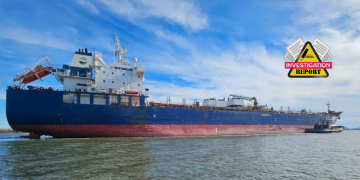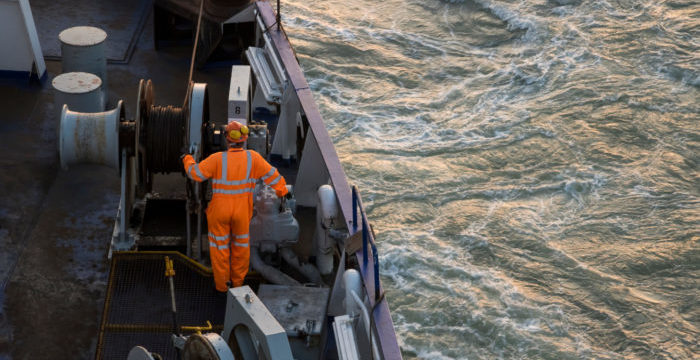In order seafarers to gain the required STCW certificates, they can choose between two different certification paths: either the traditional method or the alternative method. In both methods the standards are identical; however the difference lies in the number of functions they will be able to perform on-board; this is reflected in the certificate awarded.
- STCW Convention at a glance
- STCW Convention: Terms and Definitions
- Certificates needed for compliance with STCW
- How seafarers can get their STCW certificates
- STCW Convention: General requirements for officers
- STCW Convention: General requirements for ratings
- STCW: How to obtain a certificate of competency as Master
- STCW: How to obtain a certificate of competency as Chief Mate
- STCW: How to obtain a certificate of competency as Navigational Watch
- STCW certificates according to function and type of vessel
- Training issues under STCW: What you should know
- STCW: Certificates and documentary evidence needed onboard
- Alcohol and drug consumption onboard: Taking prevention measures
- STCW: Setting the hours of rest for watch personnel
The traditional method
STCW certificates awarded in the traditional way are classified according to which department of the ship (deck or engine) seafarers work in. Under this method, they will probably work in the same department (deck or engine) throughout their entire seafaring career.
The change introduced by STCW in this path is that in order to qualify for a specific certificate, they will need to be competent in the specific functions stated for that level of responsibility.
There is a general decreasing emphasis on the sea-time requirement to gain the required competence and under STCW provisions, as all seafarers are now required to complete a minimum approved sea-going service and to have completed an approved education and training programme before they are eligible for the next higher certificates of competence.
The introduction of the able seafarer deck and the able seafarer engine into the STCW Convention under the 2010 amendments involved substantial reductions in sea-time from the requirements of ILO Convention 74. At the same time the competency tables were revised to reflect modern ship requirements and the demands of today’s vessels.
Therefore, administrations should recognise ILO certification and provide for a transition to the new certification.
[adrotate banner="304"]
The alternative method
This refers to STCW certificates issued to enable the holder to perform different functions that are not necessarily within the same department. The certificate awarded will specify the functions and the level of responsibility.
A candidate for alternative certification will need to qualify in all these functions at a determined level of responsibility in one department (deck or engine) before being able to qualify for other functions (at the same level of responsibility) in a different department.
For example, a watch-keeping officer applying for an alternative certificate will have to qualify in all the functions of a watch-keeping officer, either in the deck or the engine department, before he or she can qualify for additional functions at the same level in other departments.
Standards of competence, age and medical fitness are the same as for the traditional method. The purpose of the alternative certification is to allow for shipboard organisation to be in line with modern technological developments and to open up a new career path for seafarers.
It is worth mentioning that to date, very few parties have elected to issue certificates in this way and alternative certification is still optional for all parties to the convention.Under the convention, shipowners are not allowed to use alternative certification as a means of reducing the number of crew members on board and increasing everybody else’s workload, or to undermine the integrity of the profession by assigning combined deck and engine room watch-keeping duties to a single certificate holder during a watch.





























































